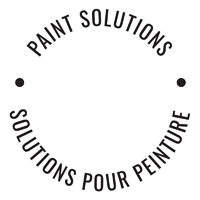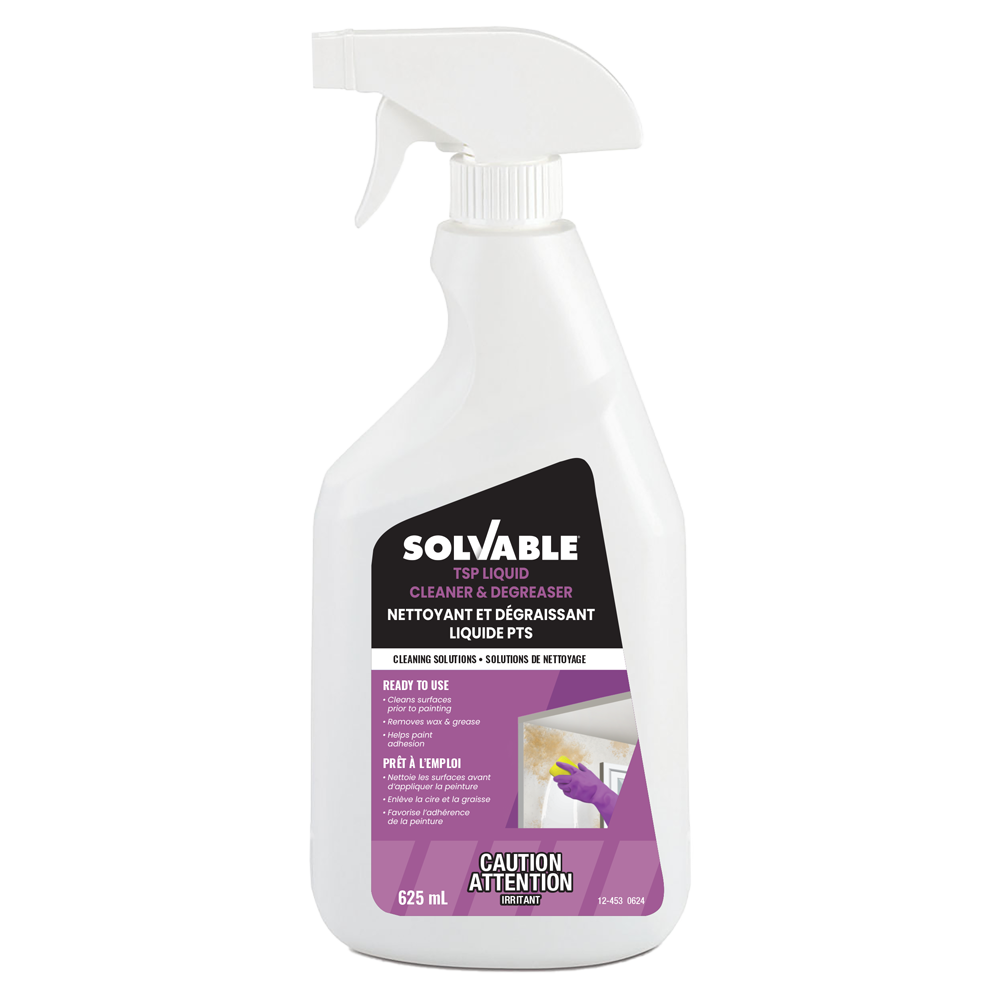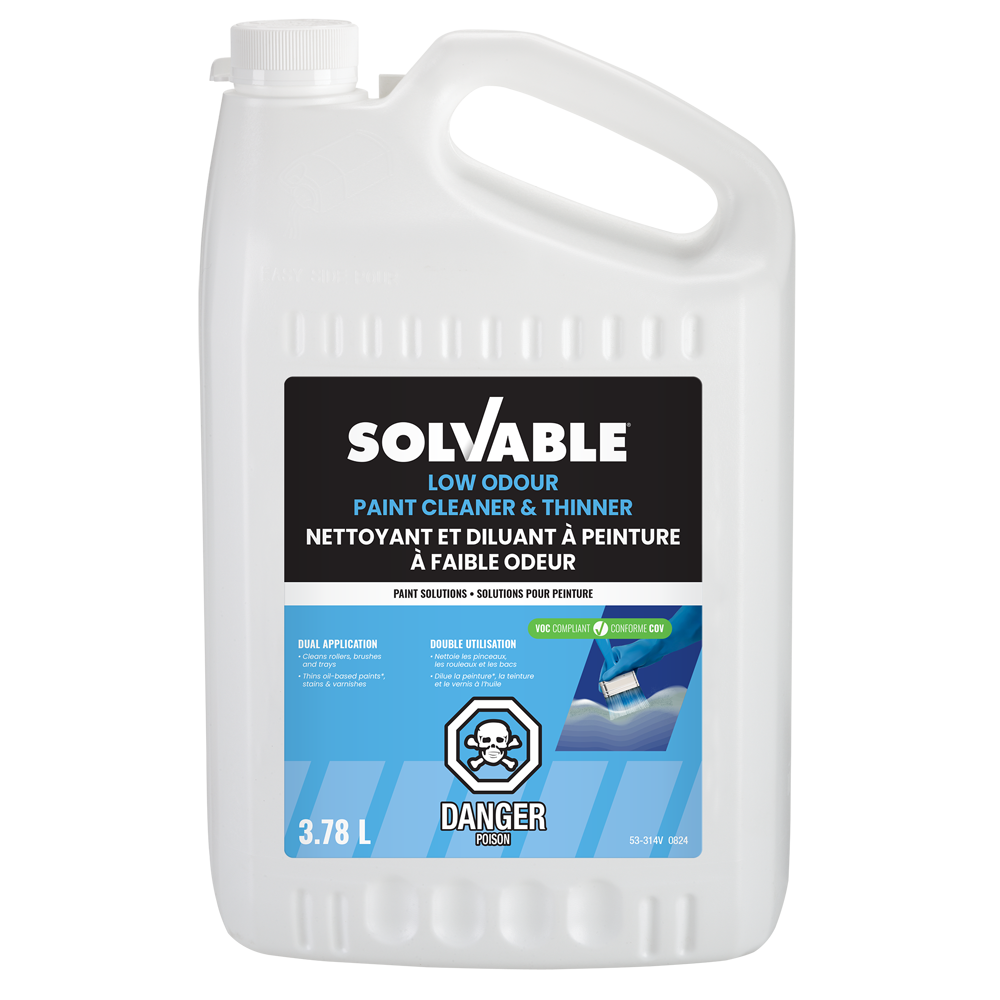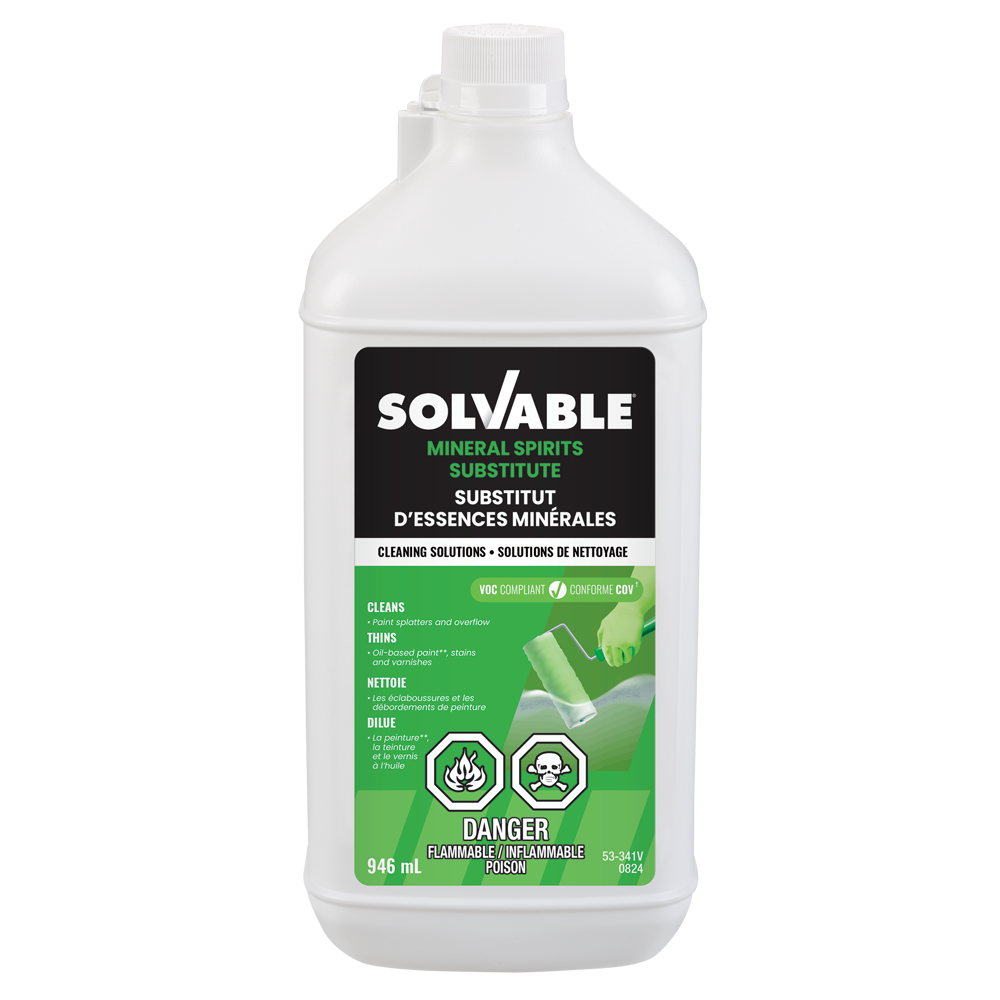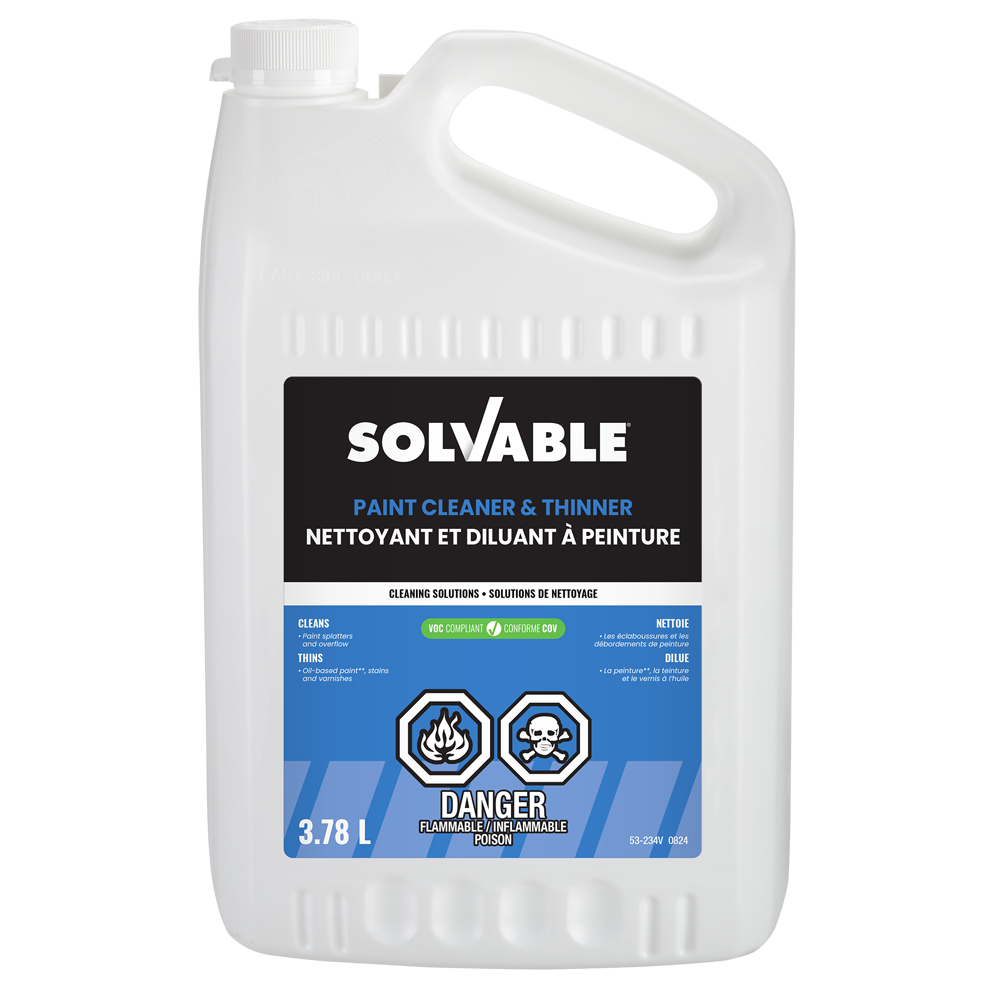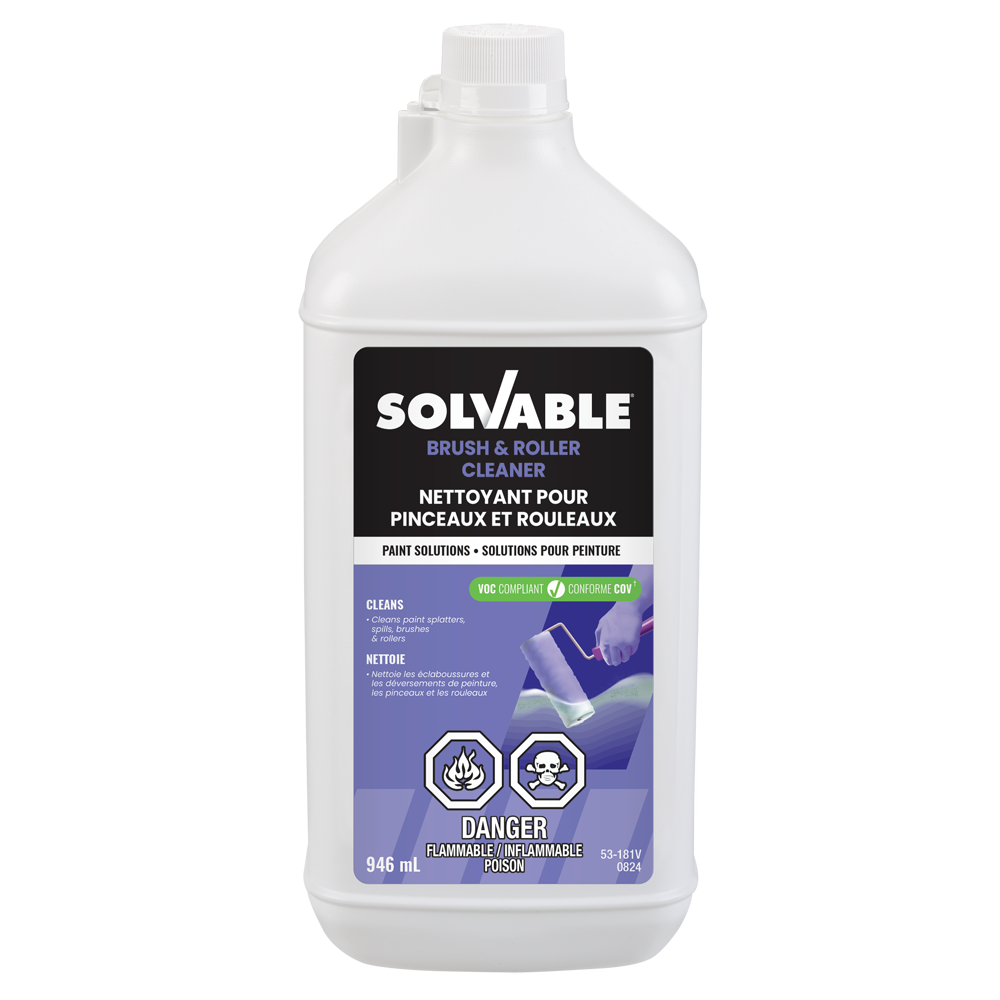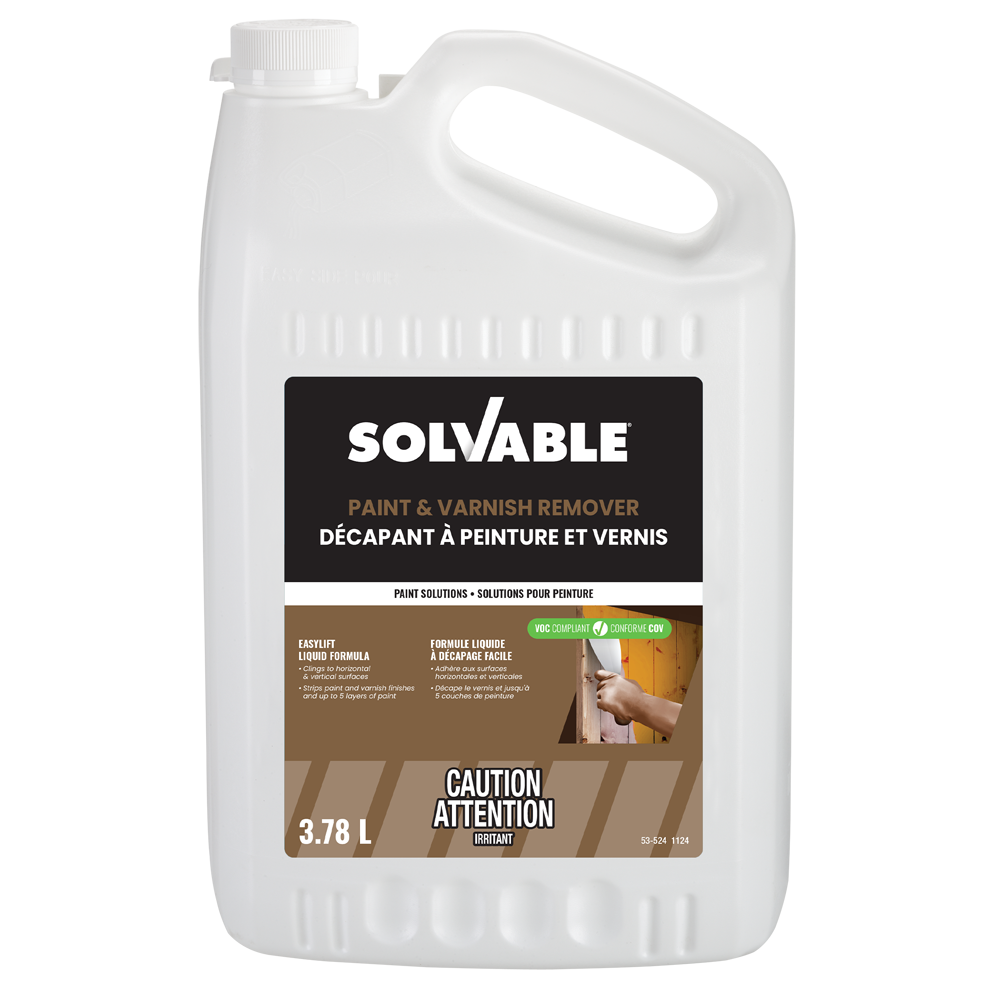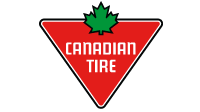With over seven decades of industry expertise and a complete line of paint solvents and thinning solutions available for your use, SOLVABLE® stands out for its commitment to quality, safety, and effectiveness. Make SOLVABLE® your go-to for all your painting needs and breathe easy knowing we’re by your side on your next project.
Perfect for interior and exterior painting jobs
Designed for easy use for beginners and experienced DIYers
High-quality formulations for consistent, reliable results
A PRODUCT FOR ANY PAINTING JOB
SOLVABLE® ensures that your painting tools are kept in top shape so you’re ready to go when it’s time to start your next job.
- Painting Preparation
- Thin Paint & More
- Thin Stain, Shellac & More
- Clean Up Paint
- Strip Coatings
Painting Preparation
Start your painting project off right with tools designed for the job. Painting prep solutions help remove grime, dirt, and any peeling or discoloured paint, giving you the ideal surface to get started on!
Thin Paint & More
What’s the best way to ensure paint goes on evenly? It’s not just your brush or roller – the secret lies in thinning your paint to achieve the perfect viscosity. Explore our paint thinners to see how they can help you achieve a picture-perfect painting job, whether you’re thinning oil-based paint, acrylic, or any other type.
Thin Stain, Shellac & More
Refinishing finishes can be thick and difficult to apply. How do the professionals do it? That’s our secret to reveal – thinners help dilute stains, shellacs, varnishes, resins, and more, making them easy to use in your next DIY home project.
Clean Up Paint
Painting is a messy job! Sometimes, paint can spill on unplanned surfaces or splatter where you least expect it. Using the right paint cleaner and thinner for cleaning paint helps you remove these messes quickly and effectively (and before someone else notices!)
Strip Coatings
Stripping coatings from surfaces is an important first step to repairing, restoring, or preparing a surface for painting. Start your project right with paint strippers that not only work quickly, but are strong enough to remove tough coatings, and gentle enough to protect the surfaces you’re looking to paint.
SHOP SOLVABLE® NOW
Tackle Your Project Today. Product selection may vary by retailer.
